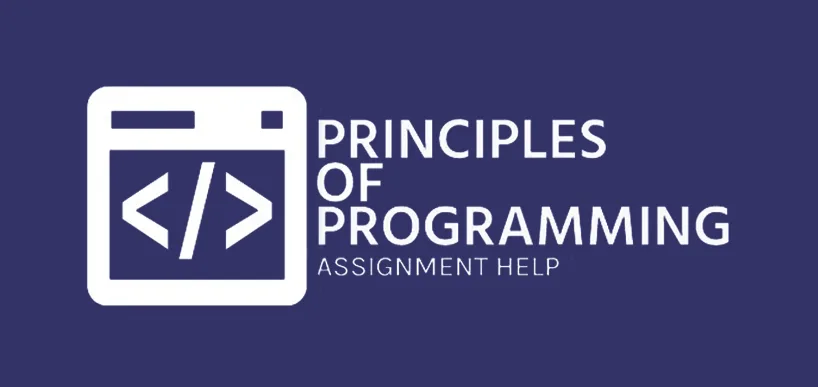Make an Order

PRINCIPLES OF PROGRAMMING MIS501
In PRINCIPLES OF PROGRAMMING MIS501, students will be able to develop an understanding about the Python program which will help them to solve a business problem presented in the business. Python language features will help the students to create sophisticated programes which can handle the real world business problem.
Learning Outcomes:
a) Integrate procedural programming principles into the object-oriented paradigm.
b) Using an uniform modelling language, create and implement solutions. To address business needs, use UML diagrams and coding.
Explore and explain cyber trends, threats and how to be secure online.
Examine and analyse issues relating to organisational data networks.
Evaluate and convey important technical and ethical concerns about the design, deployment, and/or usage of secure technology in various organisational contexts.
1. In groups, develop a Python program using the object-orientated program paradigm. Object Orientated Programming (OOP) is one of the most popular programming paradigms. In contrast with procedural programming, OOP uses reusable classes as the building blocks, which are used to create individual instances of objects. OOP developers focus on the interactions and relationships between objects.
Instructions:
Form groups of 3 – 4 students. Please read attached MIS501_Assessment 3_Group Formation, Registration and Administration Guidelines document.
Please read the attached MIS501_Assessment 3_Business Case Study and complete the assessment tasks.
All implementations must be in Python 3 (that is NOT Python 2). Programs implemented in a different language will be marked 0. Programs implemented in Python 2 will be capped at 50% of the available marks.
You may only use the language features and syntax taught in Module 1.1 through to Module 6.1. You MUST not use any other language features beyond what was taught by Module 6.1. Penalties apply.
You may implement the programs in any IDE of your choice.
The program should be provided with adequate and meaning comments.
The program must be implemented using OOP. Programs implemented without any OOP will be capped at 30% of the available marks.
Your program should be robust. Check for input validity. Hint: what you would do if user chooses option 3 without entering any student information first?
Your First Order
Get 20% OFF!
2. COMP101 Foundations of Computer Systems is a first-year introductory subject in both the Bachelor of Information Technology and Diploma of Information Technology course at ABC University. The Subject Coordinator of COMP101 has engaged you to help her to code a few Python programs as handy tools to solve a number of problems at hand.
Instructions:
Determine Interim Grade Letter
Finalizing grades and class performance statistics
Naïve similarity detector
3. In contrast with the “toy” practical exercises in each Module, you are presented with close-to-real-life business problems and you are asked to develop programs to solve these problems. Sometimes, understanding the business problems and the associated business rules is challenging in their own. The business logics sometimes need to be determined/inferred/interpreted from the business case and business rules, which then need to be implemented using a programming language. These are the challenges you will inevitably have to address in real life. Therefore, the business case and the business rules in this assessment have been deliberated designed to be convoluted and less straightforward. Understanding the case and the business problem is in itself an integral part of the assessment.
You will demonstrate the following skills and knowledge:
Grasp business requirements, rules and logics, and be able to translate them into programming code.
Implement programs in Python to solve business problems.
Design a program and illustrate the logic through flowcharts.
Instructions
Please read the case scenario and complete Task 1, 2 and 3 outlined in the attached MIS501_Assessment 2_ Business Case Study Tasks document.
All implementations must be in Python 3 (that is NOT Python 2). Programs implemented in a different language will be marked 0. Programs implemented in Python 2 will be capped at 50% of the available marks.
You may only use the language features and syntax taught in Module 1.1 through to Module 4.1. You MUST NOT use any other language features beyond what was taught by Module 4.1. Penalties apply.
You may implement the programs in any IDE(Integrated Development Environment) of your choice.
All programs should be provided with adequate and meaning comments.
© Copyright Quick Assignment Hub All rights reserved.